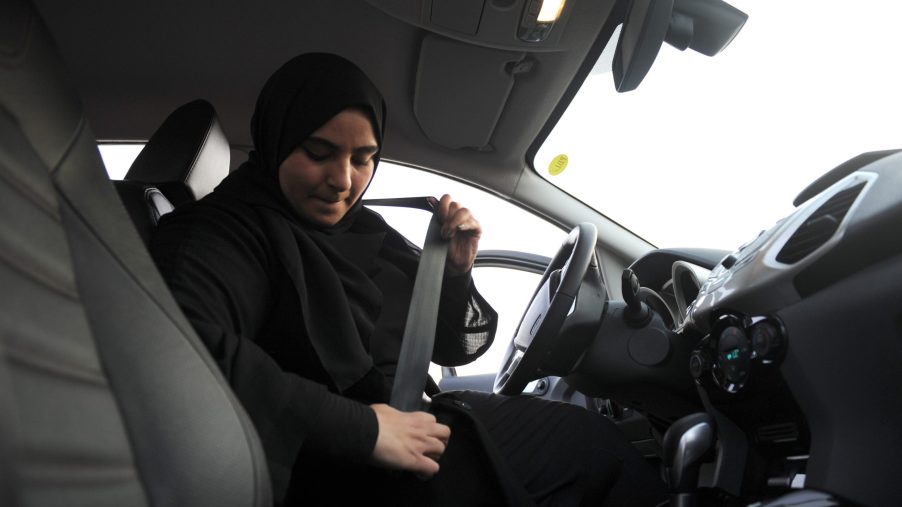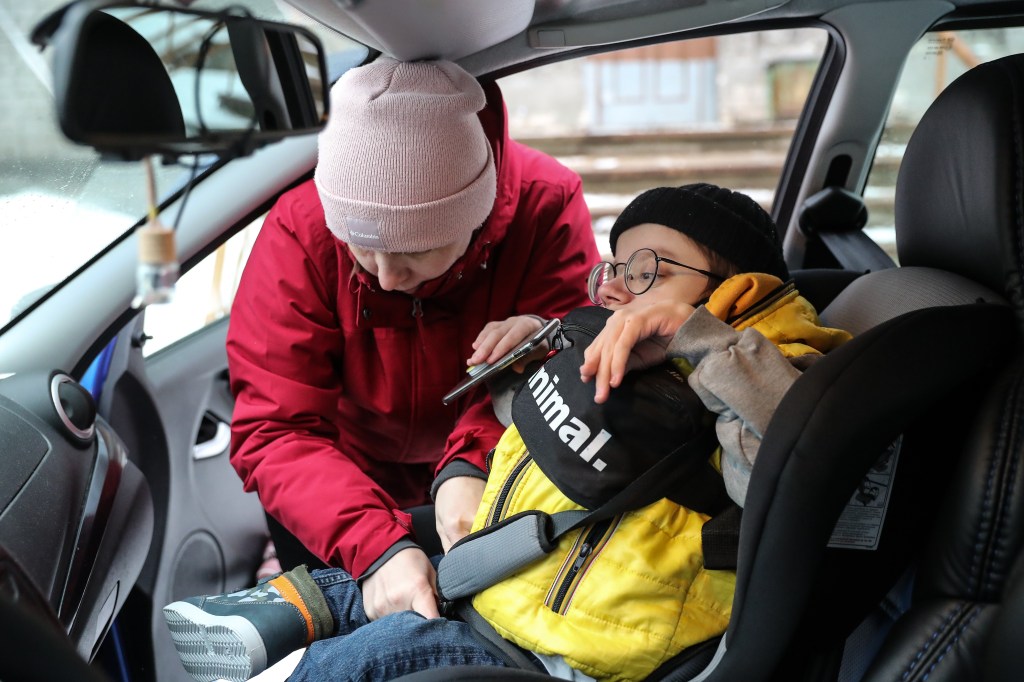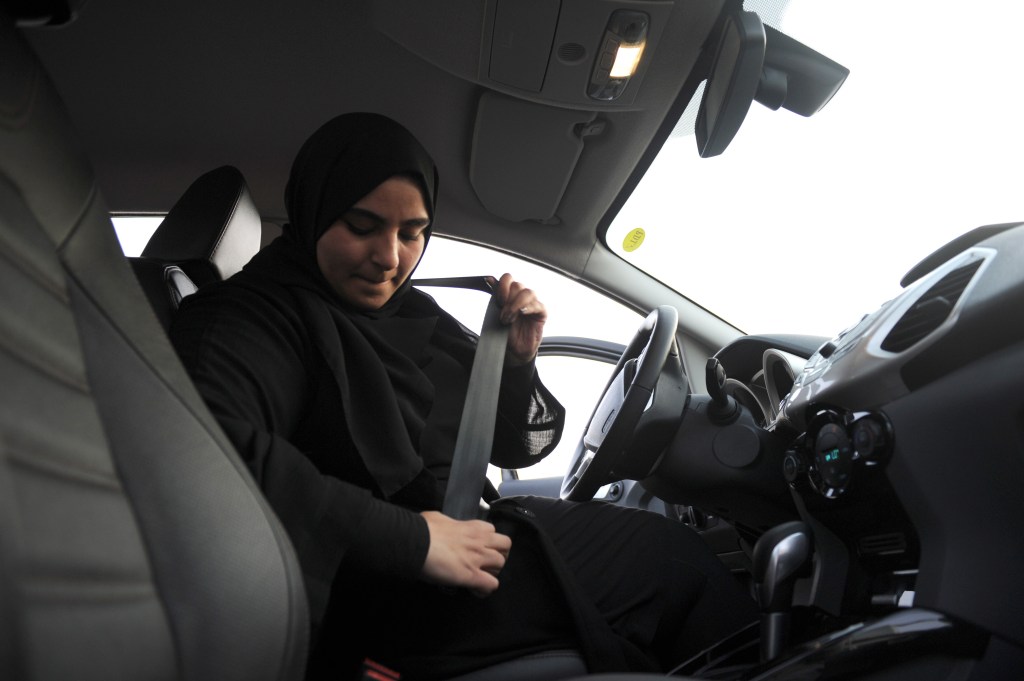
NHTSA Top Five Things to Know About Buckling Up
In almost every state, wearing your seatbelt is the law, and you can be ticketed for not wearing it. Seat belt safety seems pretty simple, but regardless of this rather mundane feature, some people don’t realize how important they genuinely are. Even more so, there is still a lot about seatbelts and car safety that some people don’t know. Luckily for us, the NHTSA offers plenty of tips and information to help us stay safe.
Wearing your seat belt is the most effective way to protect yourself in case of a car accident
There is a reason that wearing a seat belt is now a legal requirement — because it makes a huge difference in automotive safety when it comes to crashes and accidents. A quick glance at the NHTSA website shows statistically how effective seatbelts are in saving people’s lives and preventing potential fatalities. If you buckle up in the front seat of a standard passenger car, you can lower your risk of sustaining a fatal injury by as much as 45%.

Airbags are designed to work alongside seat belts, but they don’t replace using them
While some drivers and passengers could use an excuse that an airbag should stop them, that isn’t always the case. Airbags can take seconds to deploy, as opposed to your seat belt tensioner, which, if it is working properly, tenses up instantly. Drivers should also be aware of any potential recall on their airbags, especially with the long-going Takata airbag debacle.
Wearing your seat belt correctly is just as important as wearing it
The two parts of your seat belt that come into contact with your body directly, the lap belt and shoulder belt, need to be placed appropriately. The lap belt should rest across your hips, not your stomach, and the shoulder belt should rest across the middle of your chest away from your neck. You should never move the shoulder strap behind you.

Seat belts aren’t one-size-fits-all
Adjusting your seat and seat belt are important factors that can seem rather menial at the time but can make a big difference in how effective your seatbelt is. On the B pillar of your car, where your shoulder belt attached to the side of the car, many new cars have the ability to adjust up and down. If your car doesn’t offer this ability, you can also consider moving your seat appropriately until the belts are in the correct location.
Seat belt safety is different for kids and pregnant women
Kids who aren’t as tall as adults and pregnant women should still use seatbelts, but there are other factors that are taken into consideration with placement. Going back to point number one, the shoulder belt should sit away from the throat, and in smaller children, that isn’t always the case. Using an approved booster seat can help children sit at a height that is appropriate to use a seat belt properly and safely.
Women that are pregnant should also be careful not to put the lap belt around or over their stomach as well, and ensure that the belt sits over their hips.
While some people can find wearing a seat belt to be annoying, when they are placed properly they shouldn’t cause any discomfort. Seat belts are one of your vehicle’s most important safety features, and while it may not be as new and exciting as new safety features and technology, it is one of the most important tools in your car.


